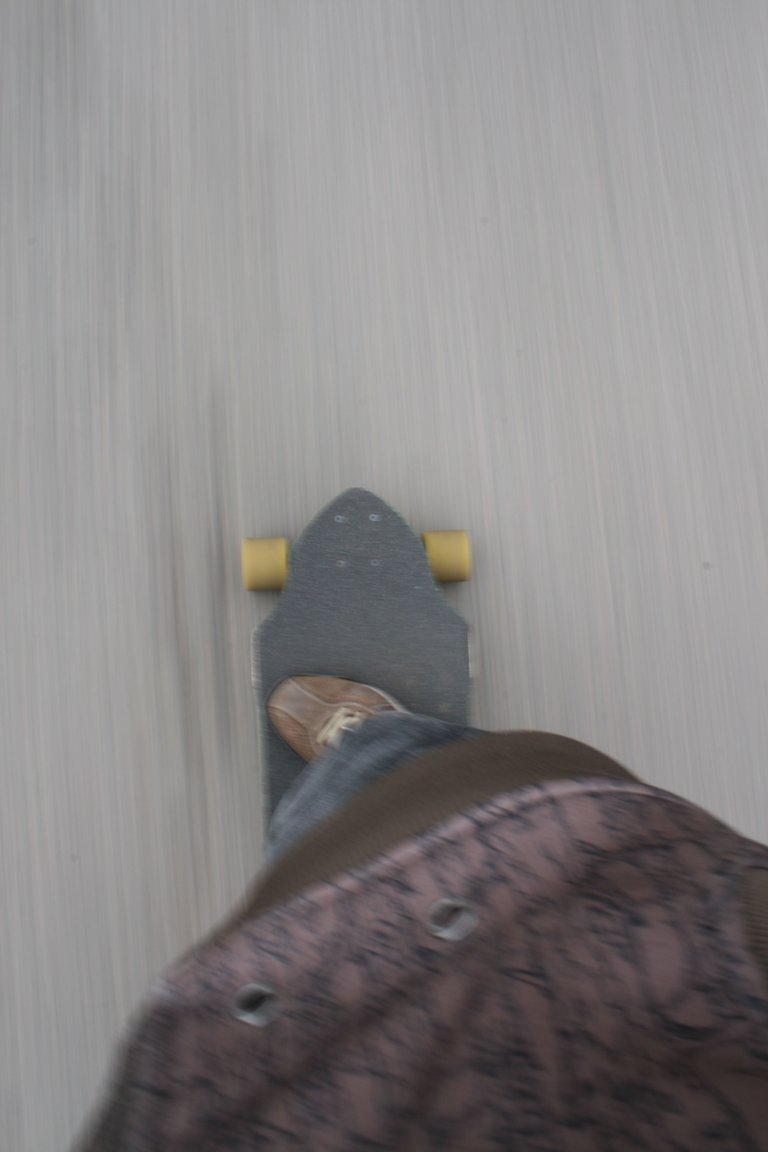Hello there everyone, It's been a while (to be honest, I've been a bit caught up breeding Crypto Kitties lately). Anyway; I figured I'd share some of my limited knowledge on the subject of Long Exposure , along with a few of my favorite examples.
Long-Exposure photography is the act of using a long-duration shutter speed to sharply capture the stationary elements of an image while blurring, smearing, or obscuring the moving elements. This assumes that you are using a camera mount, though you can do simple experiments by aiming your non-stationary camera at lit objects (try this on a night roadtrip, you may be surprised with the pictures).
I'll run through a brief tutorial for those who are interested; if not, feel free to skip to the video/pictures at the bottom :)
The following will be ideal to have on hand, depending on your desired results:
A Tripod
Shutter Remote
Some flashlights, LEDs, etc. (for light painting)
Dark Clothing
Once the camera is in place, it is important to make sure the focus is right. This is where the flashlight comes in. Light up the area you would like sharp and auto-focus there. Then switch the camera back to manual and you're ready to shoot. What to Shoot? Long-Exposure Photography covers a very wide range of subject matter, but here are some of the most popular: With the camera in "BULB" mode, use the shutter remote to trigger the shutter to stay open. Take a few test photos to make sure the focus is correct, and figure out your lighting, shutter speed, f-stop and ISO. Depending on your subject matter, some long exposures can take hours or even days; however, most exposures for light painting take only around 90 seconds.
Long exposure photography has been utilized by artists for well over a century. Technically speaking, the first "long exposure" was shot in 1826/1827 by inventor Joseph Nicéphore Niépce, though you could consider all of early photography to be so I suppose. Some of the first widely renown examples of "light painting" even feature Pablo Picasso (see "Picasso Draws a Centaur", 1949). Since then, people have come up very creative ways to utilize this technique.
Without boring you any further, here are some examples of my personal attempts from a while back. Please pardon the quality (or lack thereof), I'm looking forward to getting back into the art:
Firefish
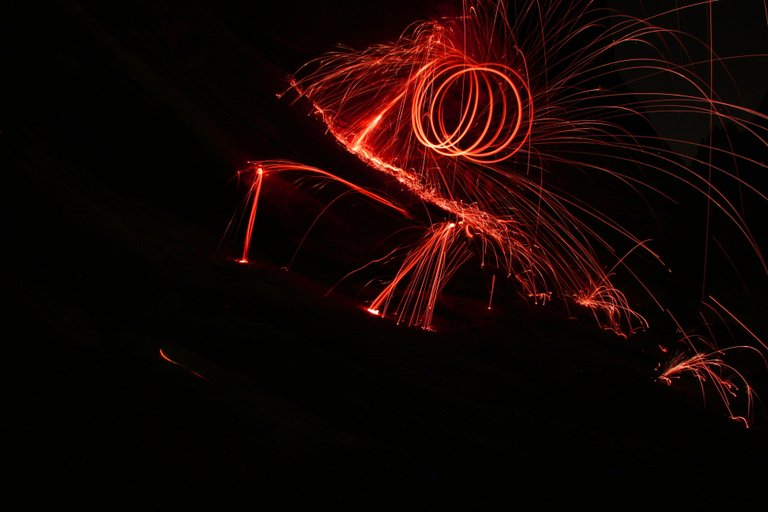
Astrophotography (has a few special requirements, primarily wide angle/aperture)
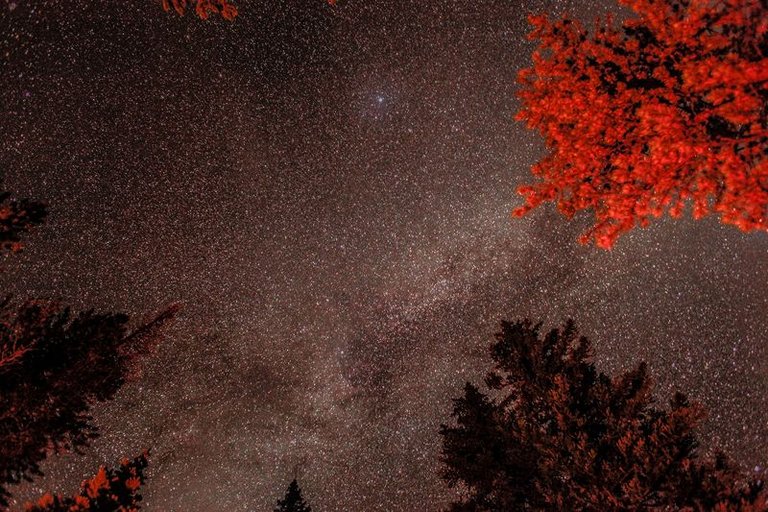
Probably can't recommend this one...
A few more painting experiments:
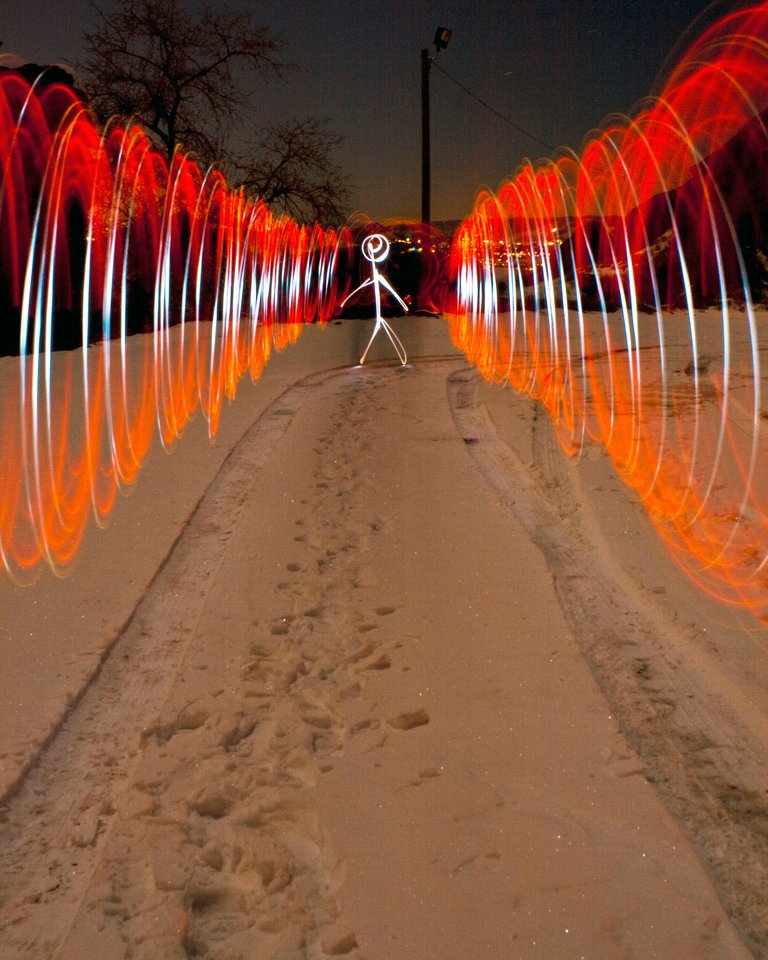
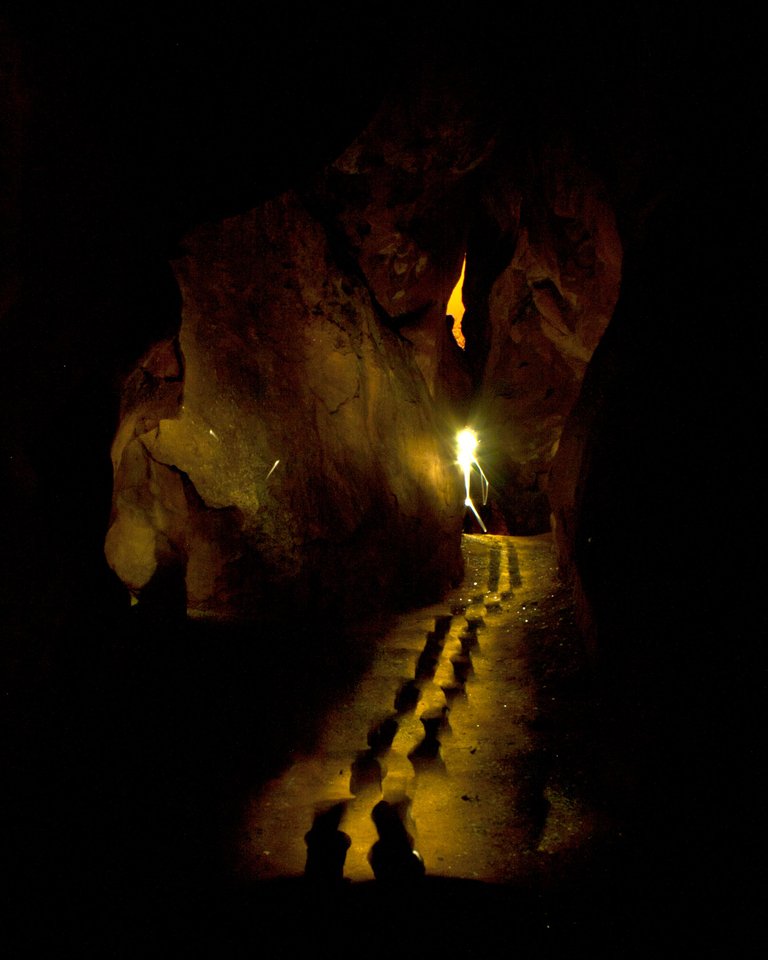
![7 (1).jpg]
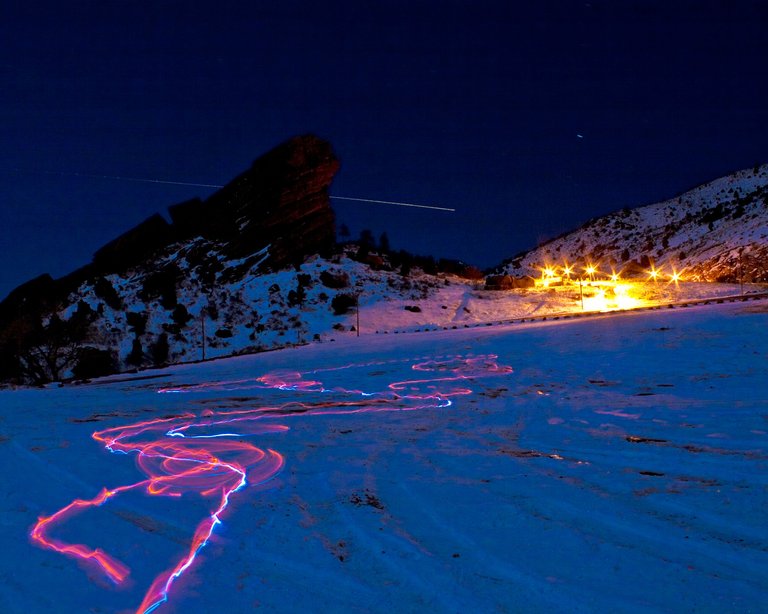
Hope you all got some value out of this one, thanks for looking!
-Seth
